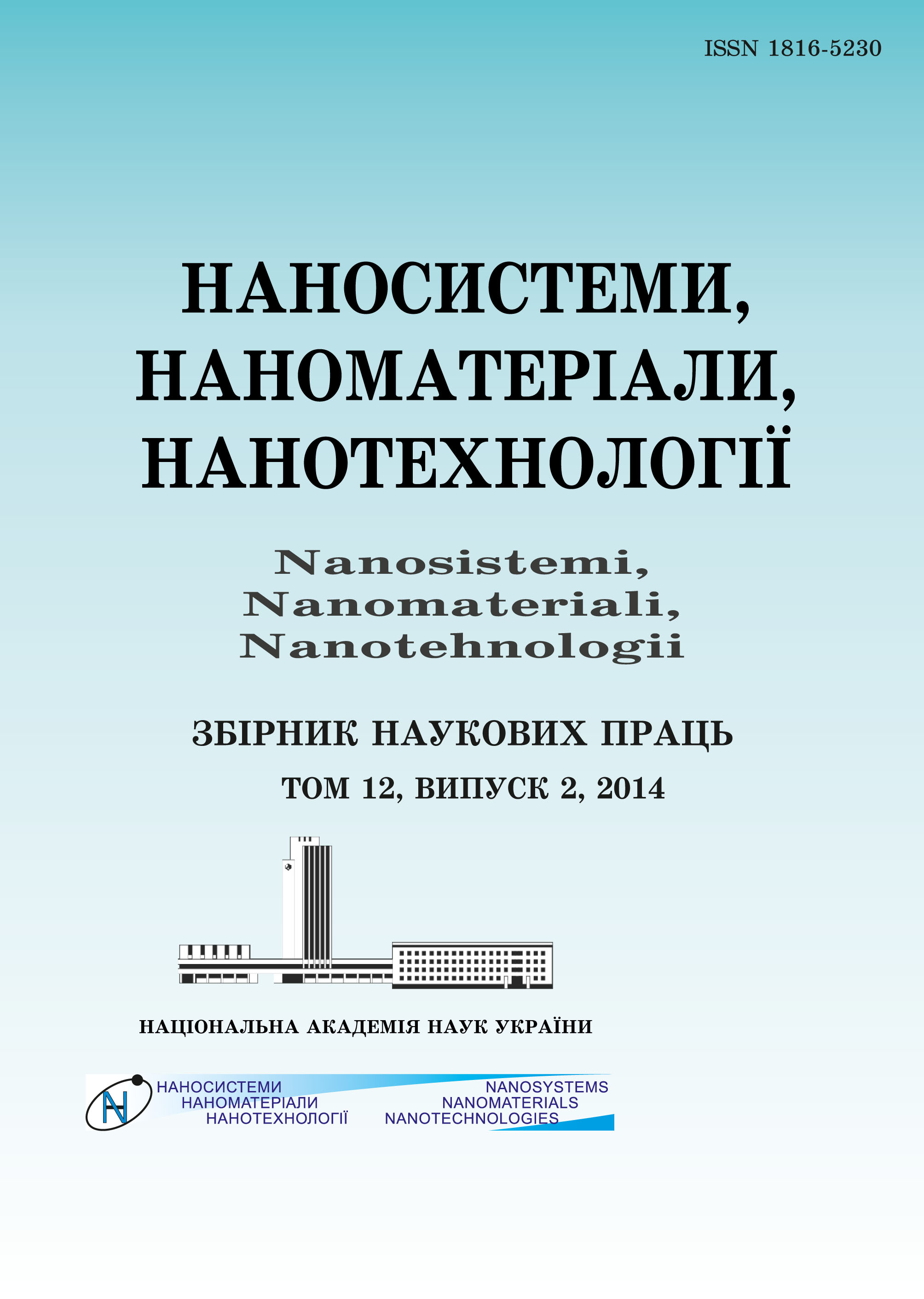|
|
|||||||||
 |
Year 2018 Volume 16, Issue 2 |
|
|||||||
|
|||||||||
Issues/2018/vol. 16 /Issue 2 |
Md. Abdullah-Al-Shafi
«A Study on 2D 2-Dot 1-Electron QCA Based Full Adder and Ripple Carry Adder Design»
289–301 (2018)
PACS numbers: 73.21.Hb, 73.21.La, 73.63.Kv, 73.63.Nm, 85.30.De, 85.35.Be, 85.40.Bh
The restrictions of complementary metal-oxide semiconductor (CMOS) technology proceeded to the breakthroughs of novel technologies. Among the rising technologies in the nanoscale field, quantum-dot cellular automata (QCA) are a significant term. This imminent nanotechnology is composing its aspect due to extreme competence and small area prerequisite and reduces the critical practical boundaries of CMOS. In this study, two-dimensional two-dot one-electron QCA cells, a variation of two-dimensional four-dot two-electron QCA cells, are applied to model a full adder. Later, the proposed adder is utilized to develop a ripple carry adder. Latent energies have been processed to verify and analyze the outlined layout. The concerns associated with power and energy depletion have also been conferred, and it is realized that the volume of power and energy required to drive these designs is incredibly minimal. Lastly, the outlined design has been assessed with the design with four-dot two-electron QCA cells.
Keywords: quantum-dot cellular automata, full adder, ripple carry adder, majority vote, Coulomb’s repulsion
https://doi.org/10.15407/nnn.16.02.289
References
1. C. S. Lent and P. D. Tougaw, Proceedings of the IEEE, 85, No. 4: 541 (1997). https://doi.org/10.1109/5.5737402. A. N. Bahar, M. S. Uddin, Md. A. A. Shafi, M. M. R. Bhuiyan, and K. Ahmed, Alexandria Engineering Journal (2017). https://doi.org/10.1016/j.aej.2017.02.002
3. Md. A. A. Shafi, A. N. Bahar, M. A. Habib, M. M. R. Bhuiyan, F. Ahmad, P. Z. Ahmad, and K. Ahmed, Ain Shams Engineering Journal (2017). https://doi.org/10.1016/j.asej.2017.05.010
4. Md. A. A. Shafi and A. N. Bahar, Cogent Engineering, 4, No. 1: 1391060 (2017).
5. Md. A. A. Shafi, A. N. Bahar, F. Ahmad, and K. Ahmed, Cogent Engineering, 4, No. 1: 1349539 (2017).
6. L. R. H. Iv and S. C. Lee, IEEE Trans. Nanotechnol., 10: 996 (2011). https://doi.org/10.1109/TNANO.2010.2092789
7. D. Mukhopadhyay, S. Dinda, and P. Dutta, Int. J. Comput. Appl., 25: 21 (2011). https://doi.org/10.5120/2996-4026
8. P. Dutta and D. Mukhopadhyay, Adv. Sci. Lett., 5: 163 (2012). https://doi.org/10.1166/asl.2012.3266
9. Md. A. A. Shafi and A. N. Bahar, Journal of Computational and Theoretical Nanoscience, 14: 2416 (2017). https://doi.org/10.1166/jctn.2017.6842
10. Md. A. A. Shafi, A. N. Bahar, F. Ahmad, M. M. R. Bhuiyan, and K. Ahmed, Data in Brief, 11: 593 (2017). https://doi.org/10.1016/j.dib.2017.03.001
11. Md. A. A. Shafi and A. N. Bahar, Cogent Engineering, 3, No. 1: 1237864 (2016).
12. Md. A. A. Shafi and A. N. Bahar, Proc. of the 5th International Conference on Informatics, Electronics & Vision (ICIEV) (Dhaka, Bangladesh: 2016), p. 620.
13. K. Blum, Density Matrix Theory and Applications. Springer Series on Atomic, Optical and Plasma Physics (Springer: 2012). https://doi.org/10.1007/978-3-642-20561-3
14. M. Born, Born's Nobel Lecture on the Statistical Interpretation of Quantum Mechanics (Amsterdam: Elsevier Publishing: 1954).
15. N. Zettili, Quantum Mechanics Concept and Application (West Sussex, United Kingdom: Wiley: 2009).
16. D. Mukhopadhyay and P. Dutta, Microelectron. J., 46, No. 6: 519 (2015). https://doi.org/10.1016/j.mejo.2015.03.001
17. V. Pudi and K. Sridharan, IEEE Transactions on Nanotechnology, 11, No. 1: 105 (2012). https://doi.org/10.1109/TNANO.2011.2158006
18. H. Cho and E. E. Swartzlander, IEEE Trans. Nanotechnol., 6, No. 3: 374 (2007). https://doi.org/10.1109/TNANO.2007.894839
 This article is licensed under the Creative Commons Attribution-NoDerivatives 4.0 International License ©2003—2021 NANOSISTEMI, NANOMATERIALI, NANOTEHNOLOGII G. V. Kurdyumov Institute for Metal Physics of the National Academy of Sciences of Ukraine. E-mail: tatar@imp.kiev.ua Phones and address of the editorial office About the collection User agreement |